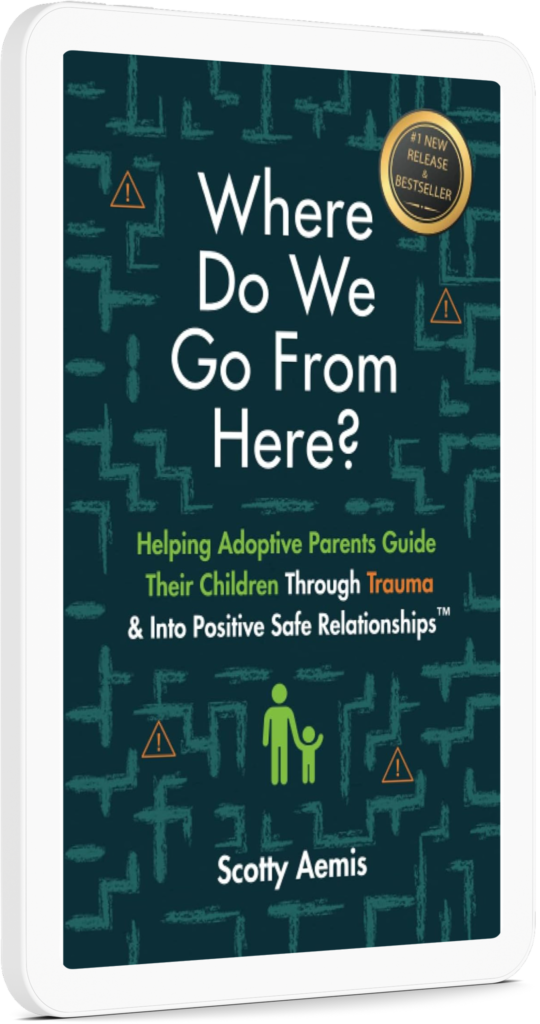Why Making Assumptions about a Student’s Behavior Won’t Lead to Positive Changes in Behavior
A teacher’s day is fast paced and jam packed. There are many aspects of the classroom that you have to juggle and you are constantly tweaking classroom management skills.
So when a student begins acting out, it can be overwhelming. But why?
Meaning in Behaviors
Language is partially based on words and our shared understanding of their meaning. So when someone says something, it is easy to decipher the meaning of what they are saying.
But behaviors are more difficult to interpret and do not always manifest in the way they were intended or they may even be done without any intention at all.
In your classroom, you help your students learn positive behaviors, such as to share, help, collaborate, play, and show respect to others.
However, the behaviors deemed negative by society are the ones that get the most attention. These are behaviors seen as unwanted, unsafe, or disruptive. I’m sure that you have seen some of these behaviors in your classroom, such as throwing, hitting, talking at inopportune times, or even dissociating.
What we do not always know is why these behaviors occur.
Where We, as Adults, Go Wrong
Unfortunately, many of us automatically assign meaning to behaviors and respond to them based on that meaning. Many teachers may assume that the only plausible reason a student would ever act a certain way is because they are angry, defiant, seeking attention, or out to get us.
While there is an element of choice involved with behaviors, let me offer a different perspective.
How to Support Positive Student Behaviors
Behavior is communication, but the challenging part is understanding what your student is actually trying to tell you. If we shift our lens to one of curiosity, we can then identify the need and what the student was trying to communicate. Once we do this, we can begin to develop tangible ways to address the behavior and support the student in ways that make positive changes.
Let’s take a look at an example to further our understanding.
Every time a teacher transitions from writing to math, one of the students begins shouting, kicks her chair, and throws her math book. She then crosses her arms and refuses to do math.
When we look at this through a non-trauma-informed lens or without curiosity as to why the student was behaving like this, a teacher would probably try to reason with the student that throwing things is unsafe and that she must do her math so she can learn and keep up with her classmates.
But ask yourself, why does this behavior occur right before math work? Your response may be that the student just hates math.
But instead of assuming why, perhaps you should ask your student.
It could be that your student doesn’t hate math, but just is slower than the rest of her classmates and that makes her feel stupid. Instead of reasoning with a student to behave a certain way, what would actually help her in this circumstance is assistance with her math. Perhaps breaking out her work into more achievable pieces could help build confidence.
When you treat the underlying issue that causes the behavior, that is when you can really begin to transform undesirable behaviors into more appropriate ones and see real, positive changes in your students!


